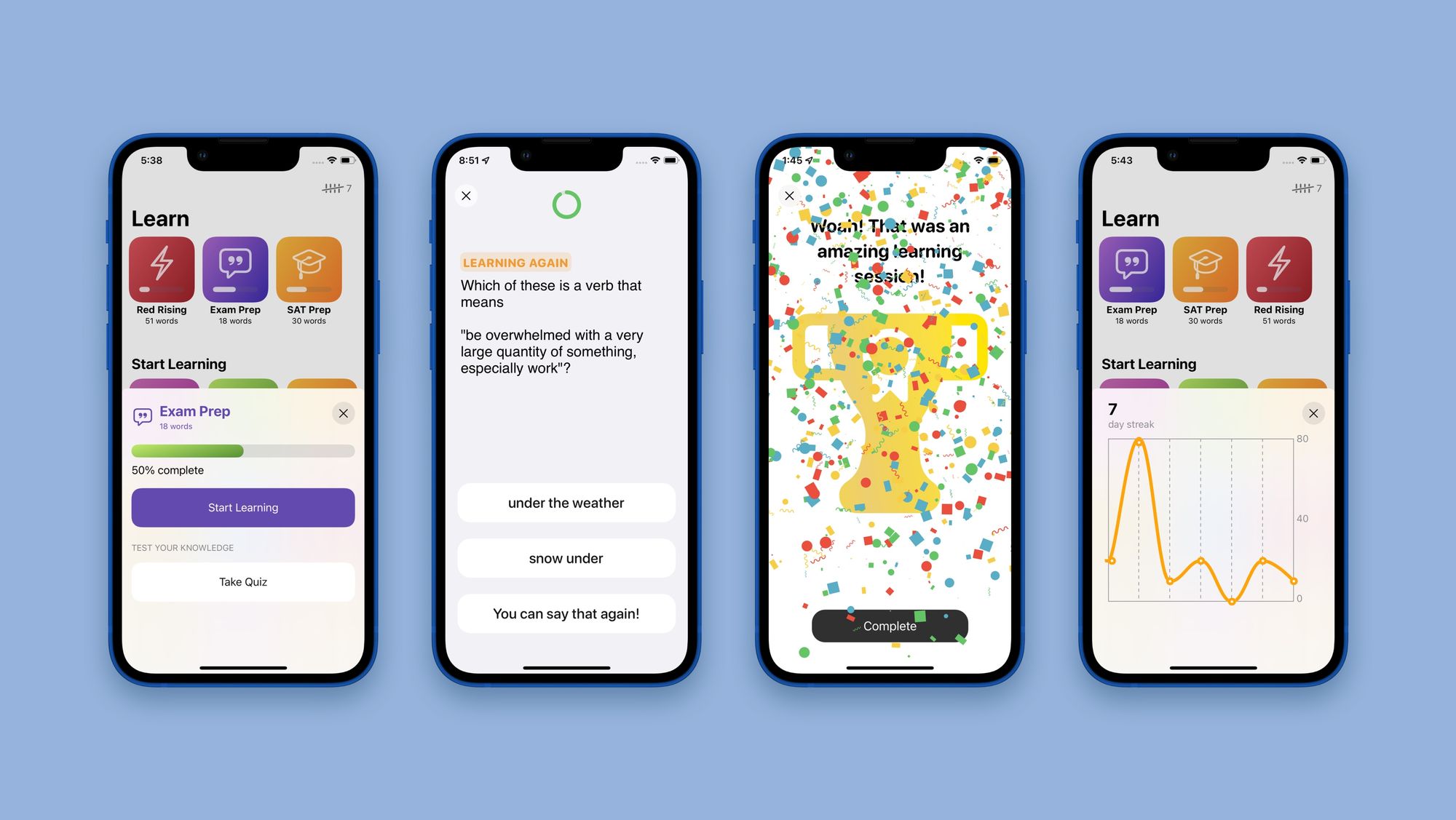What is LookUp Learn
Releasing with LookUp 8, is a new feature called “Learn”. The idea is to help users build their vocabulary using a simple but scientifically proven technique of spaced repetition. It’s an extension of the “Quiz” feature introduced in LookUp a couple of years ago.
Much like Quizzes, Learn too is tethered to a user’s Collections and presents a set of multiple choice questions in a learning session. But while Quizzes are a great way to test the user’s vocabulary, Learn is meant to build it.
How does it work?
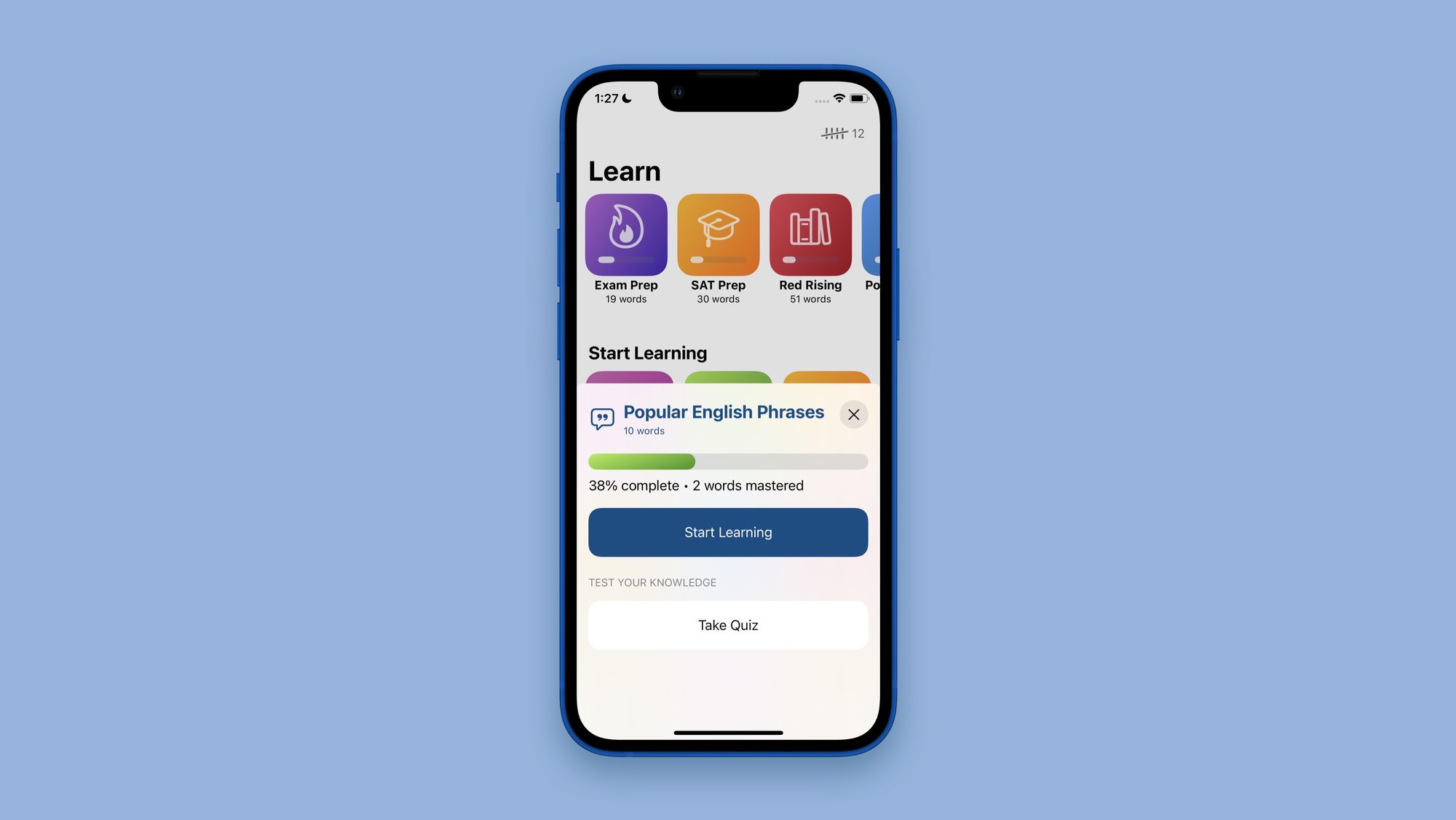
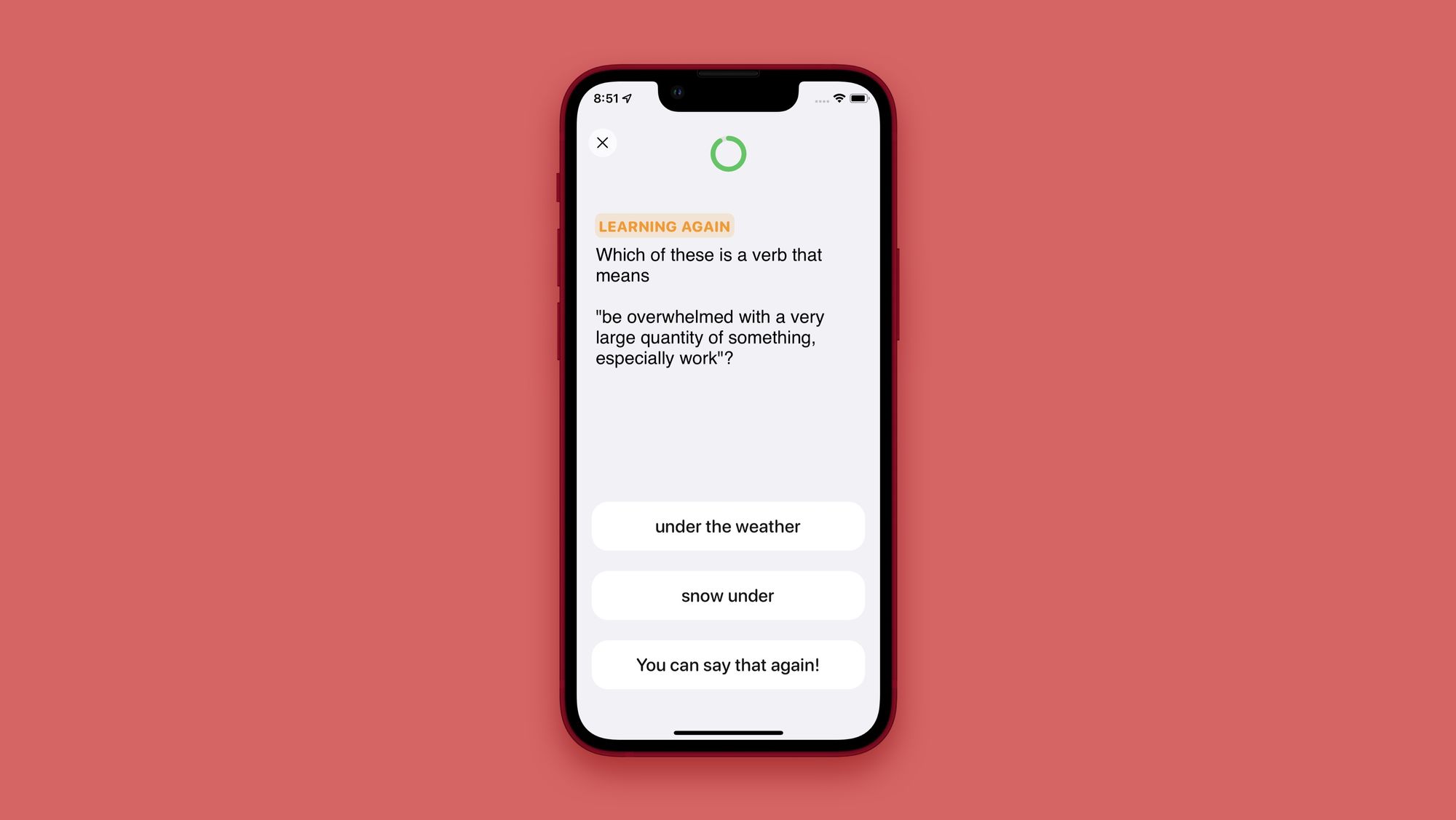
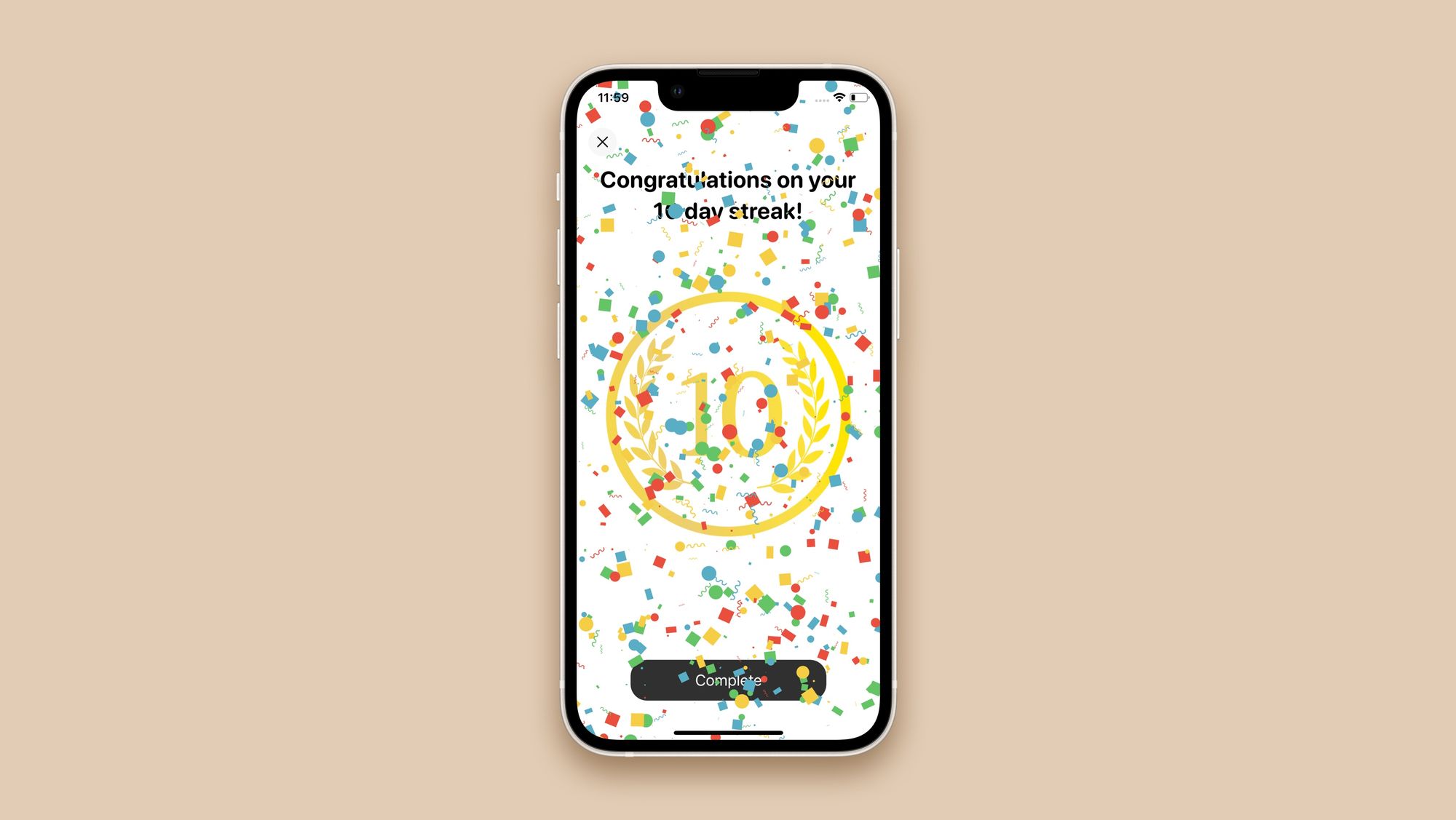
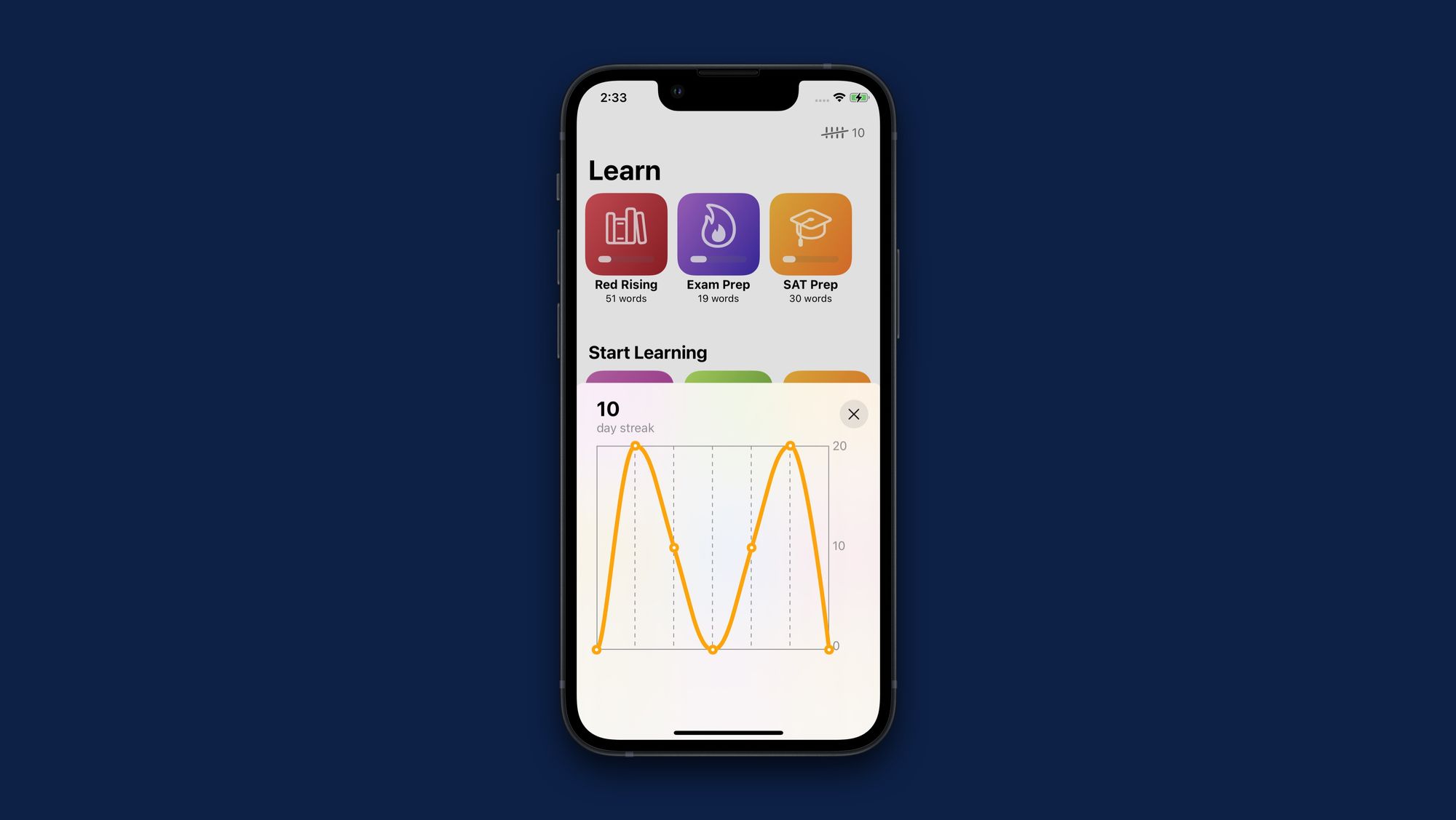
Vocabulary building is divided into different Learning Sessions, with the purpose of repeatedly showing words that the user gets incorrect more often. When the user makes a mistake in the sessions, the app understands that they need to learn it again. It also keeps track of that for the next time the user starts their session.
This way, over the course of multiple sessions spaced out over a few weeks (depending on the number of words in a collection), the feature helps users master words, so that they don’t forget them. The collection’s sessions are considered complete once all words are mastered.
The Science
How does spaced repetition work?
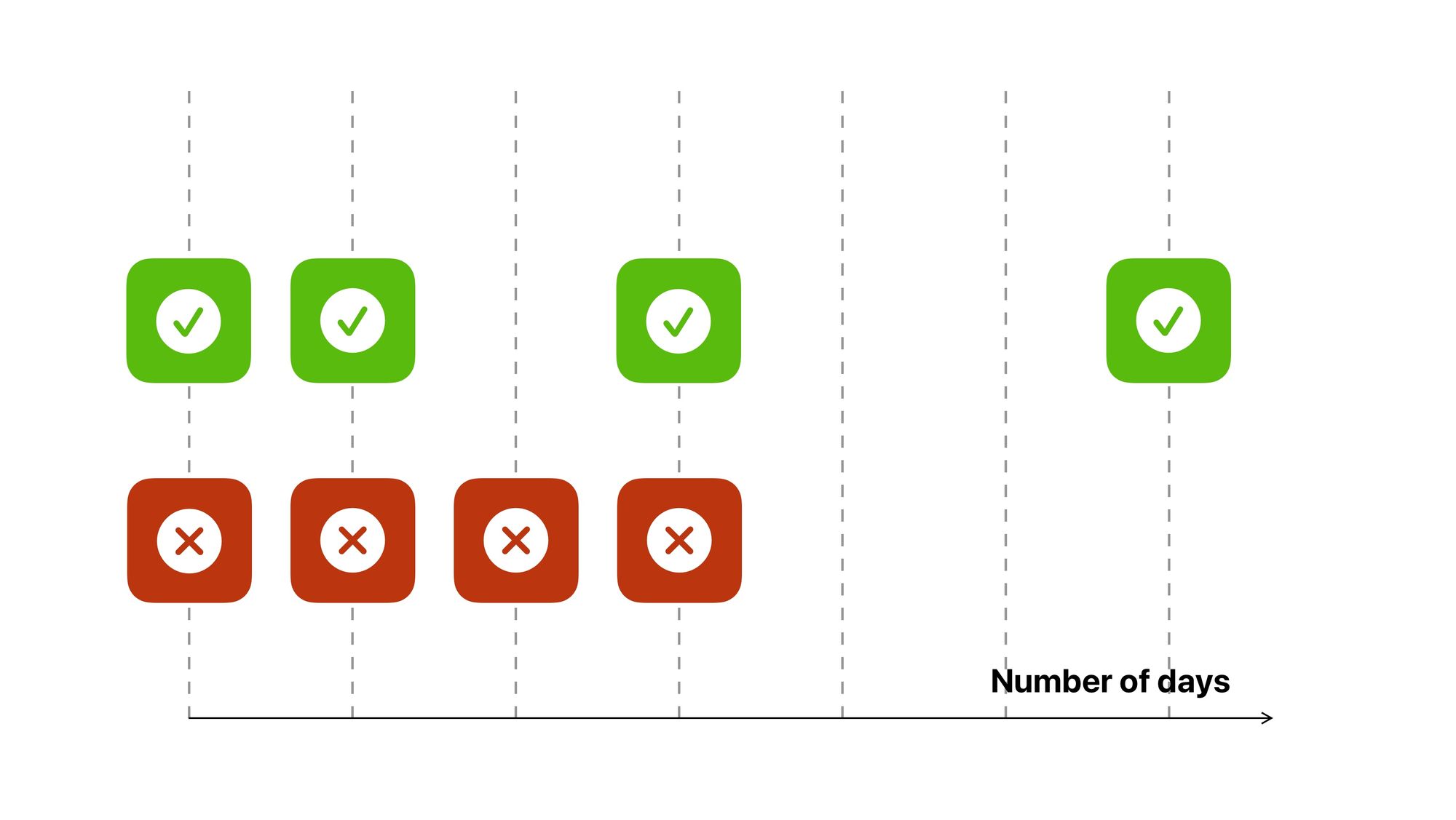
Learn is based on the technique of spaced repetition. Words that the user gets right more often are asked less frequently and new words or words that the user gets wrong more often are asked more frequently. Over time, the words get ingrained in the user’s memory and they remember the definition for longer.
The idea with spaced repetition is to ask for information at the right time. There’s little use of asking everything at once, which results in the users practically cramming words; or asking things after a very long period of time which results in users forgetting what they learnt in their previous session.
Forgetting curve
An area of research closely linked to Spaced Repetition is the Ebbinghaus’ Forgetting Curve. The Forgetting curve theorises the speed at which we forget something shown to us.
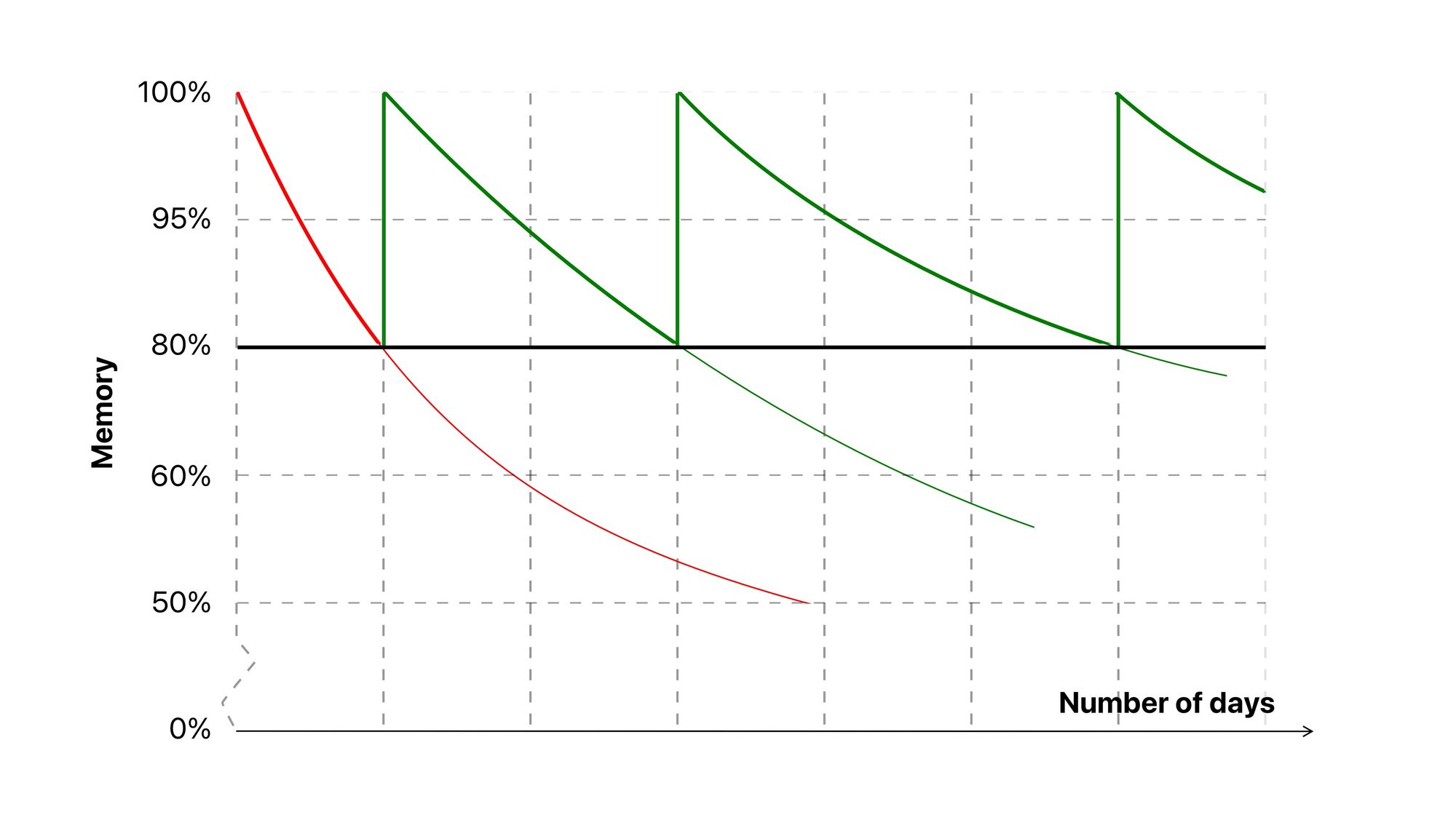
Ebbinghaus’ curve further suggests that the rate at which we forget information can be slowed down (or the memory curve be flattened) by repeatedly learning the information.
The forgetting curve provides valuable insights into how sessions could be spaced so that the users best retain what they learn. LookUp uses the ideas behind this forgetting curve to time the learning sessions appropriately.
Habit Loops: How does one build a habit?
While spaced repetition is effective, it’s also important to have users show up to learn just as frequently. Which presents another interesting question. What makes people come back to an app?
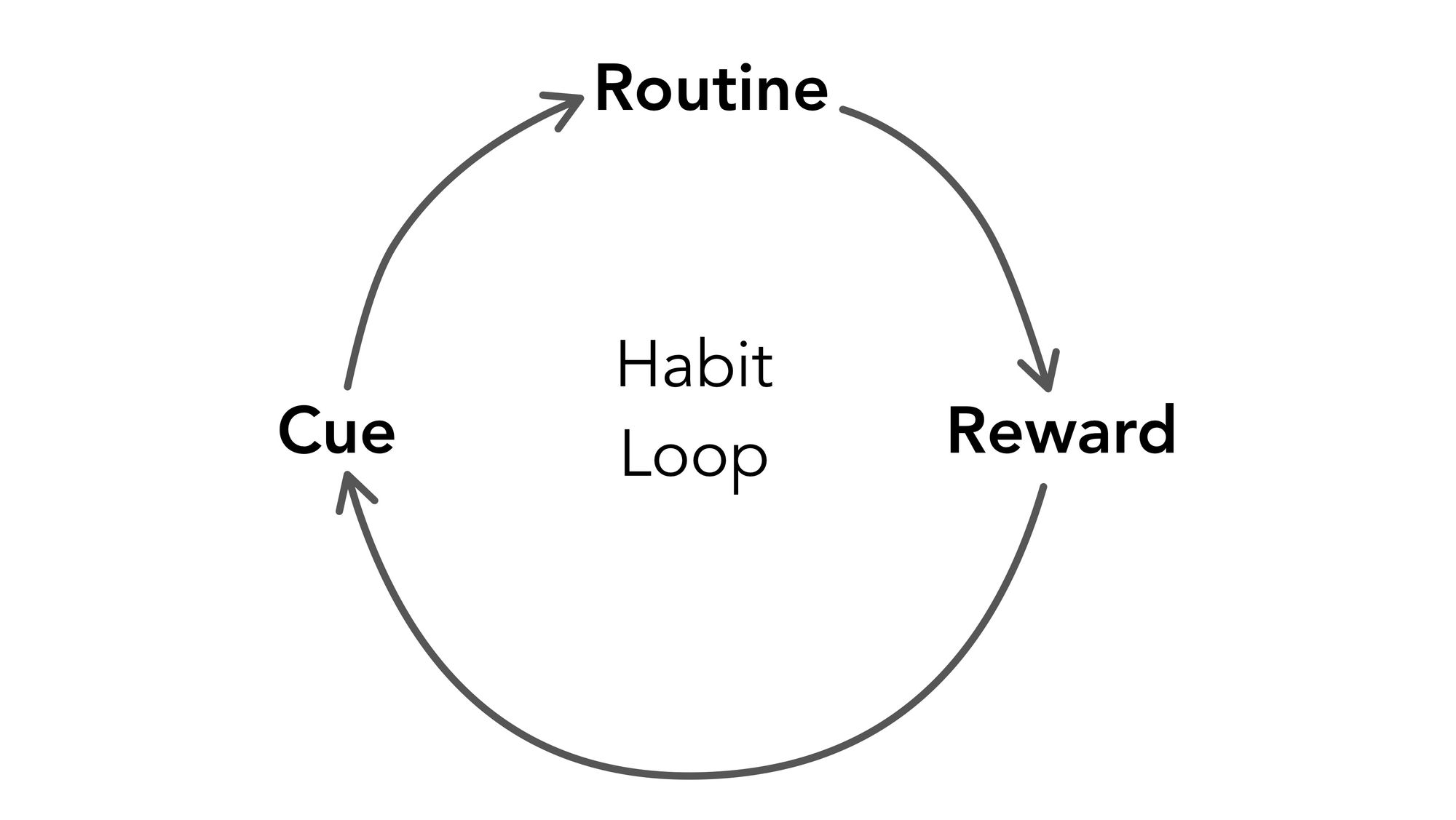
One of the ways that makes people come back is that the app ingrains a habit of performing a certain task. This technique is fairly common in a lot of apps right now from social media apps like Instagram and Twitter to language learning apps like Duolingo. The idea is to form a habit out of a certain task.
Habit forming involves a three step loop. A cue (or trigger) that starts the action, a routine i.e. the habit that we’re trying to form, and a reward that encourages the user to come back again.
Designs that encourage bad habits create addiction
Habit forming is a double edged sword. On one hand, it drives engagement, makes people come back to your app more often, but on the other, it can lead to habits that aren’t exactly healthy.
For example: Likes, and Retweets are a great way of making people check Twitter again and again, they serve as great triggers to form the habit of using twitter regularly. However, that habit can be a time sink and make people hooked onto to the momentary happiness they get from the likes.
Such habit loops are elsewhere too including in real world scenarios.
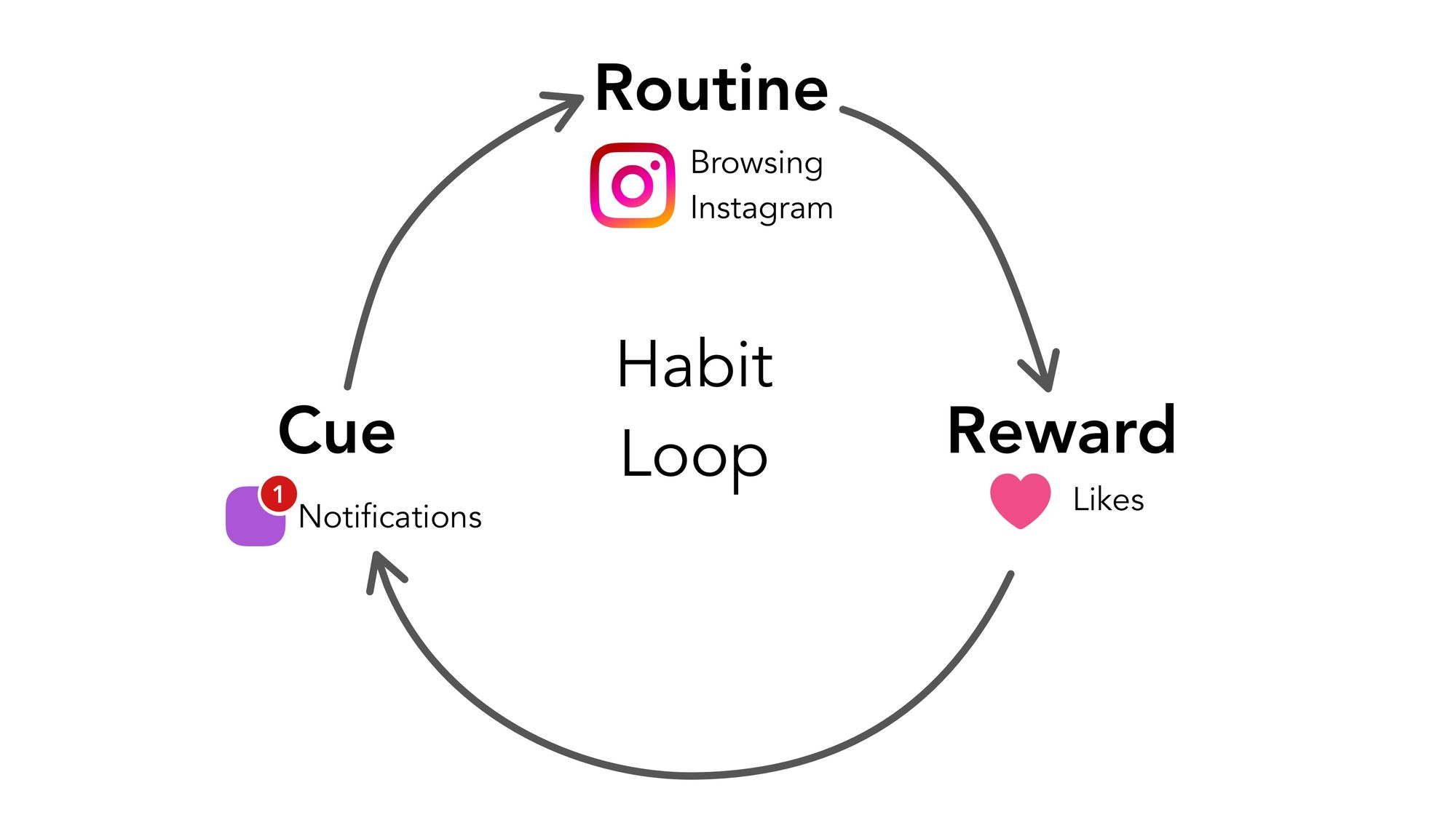
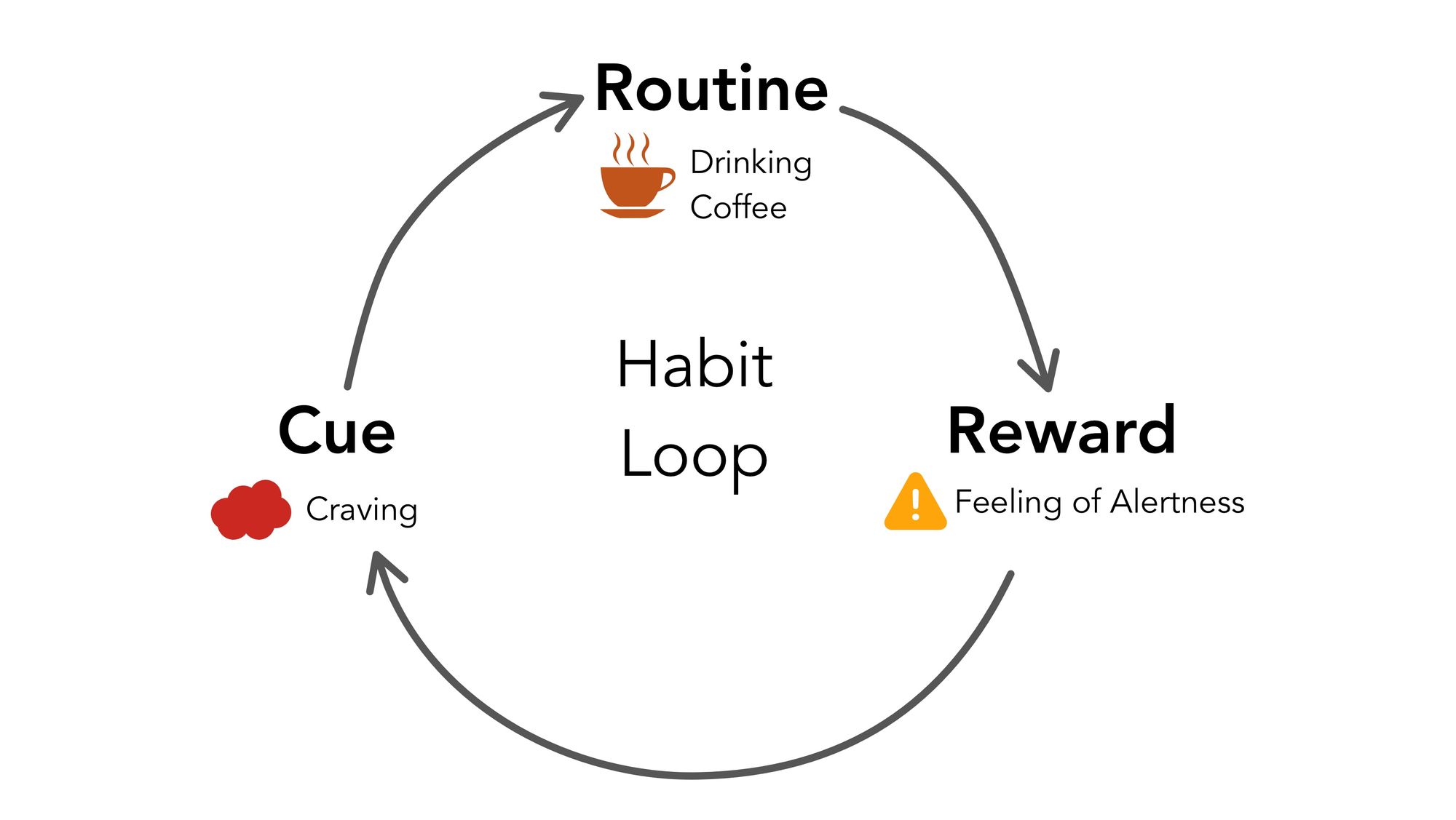
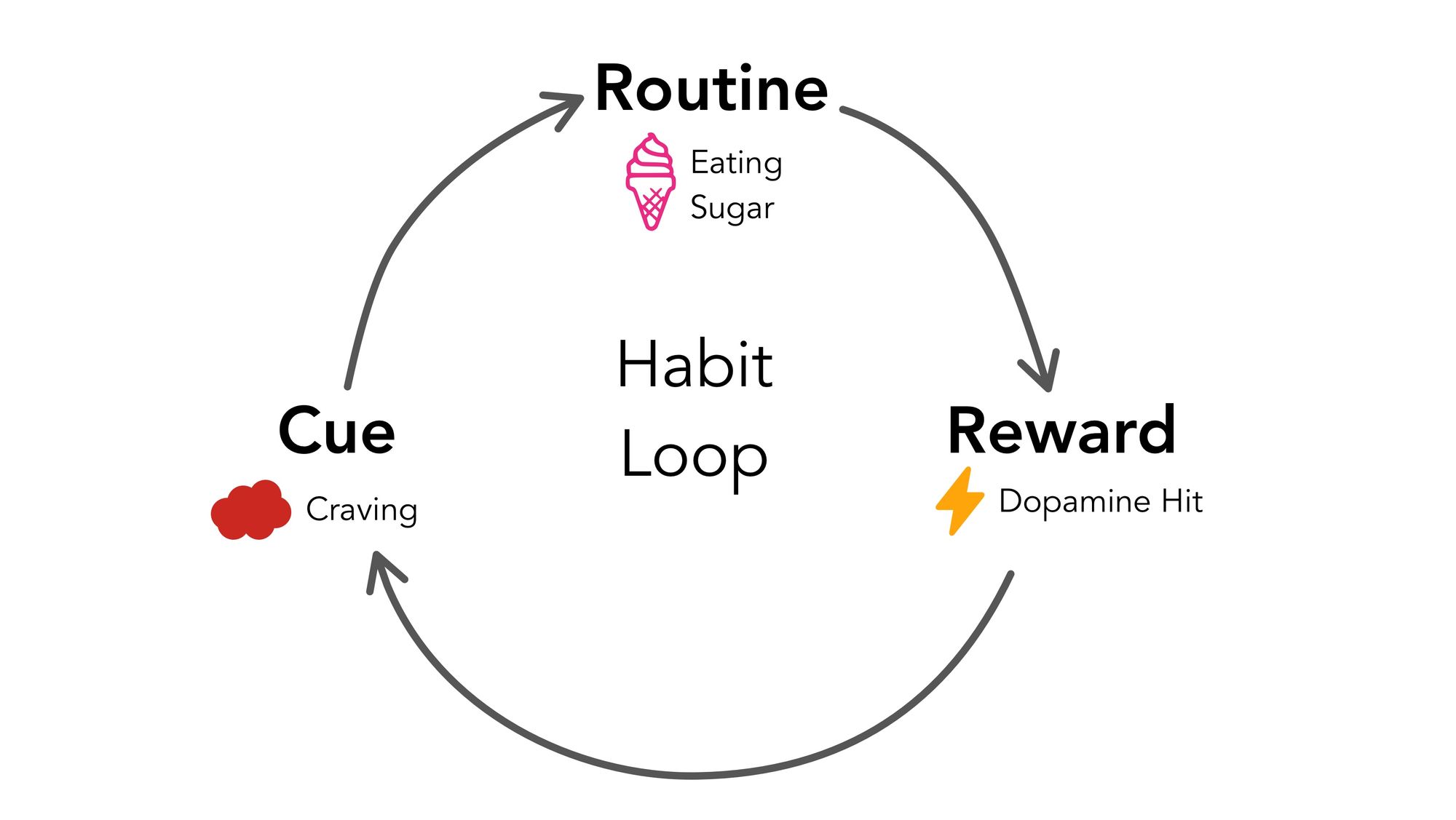
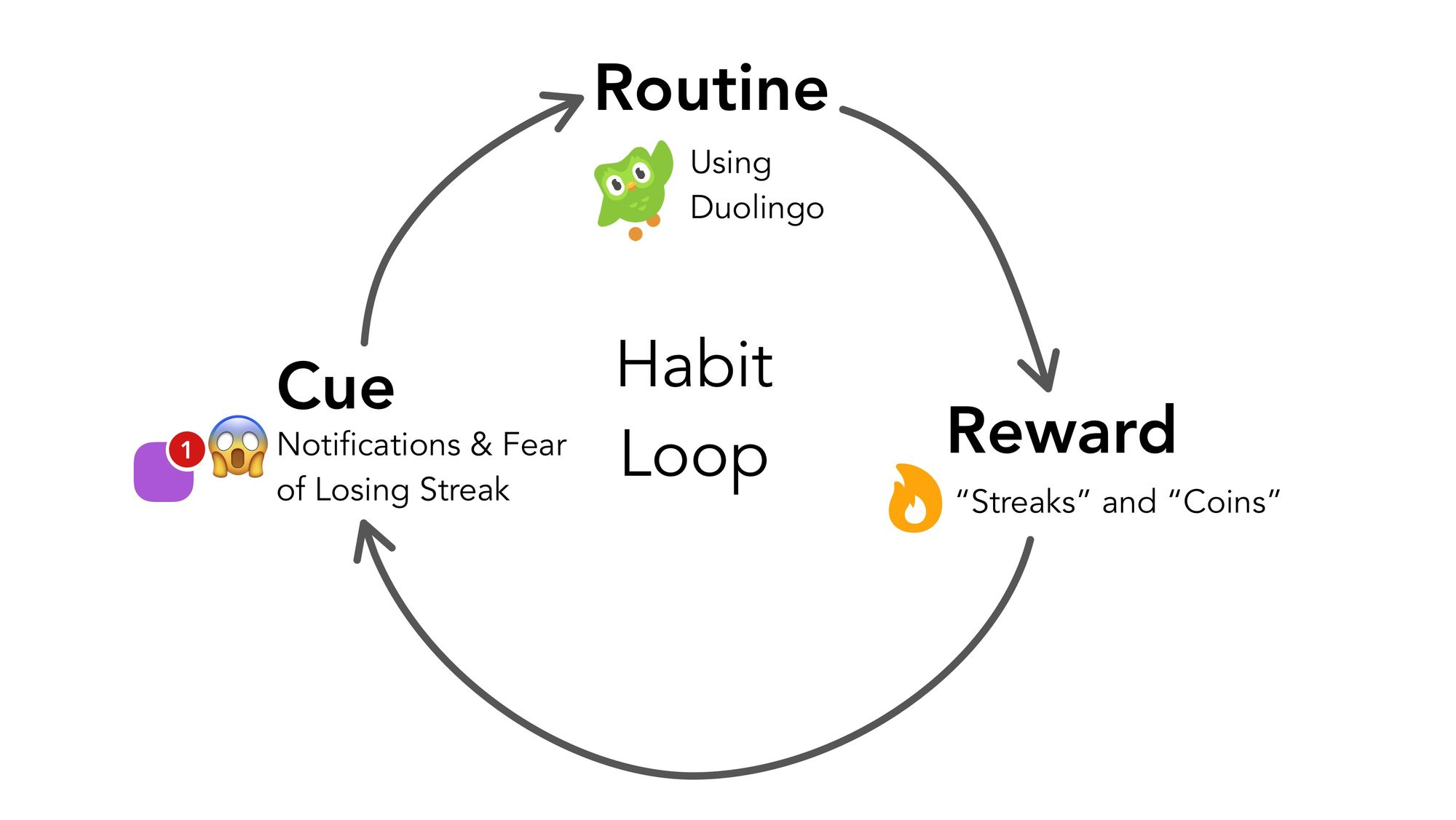
Streak based learning: A bad habit loop?
A draft of the habit loop design for LookUp’s learn feature looks like this.
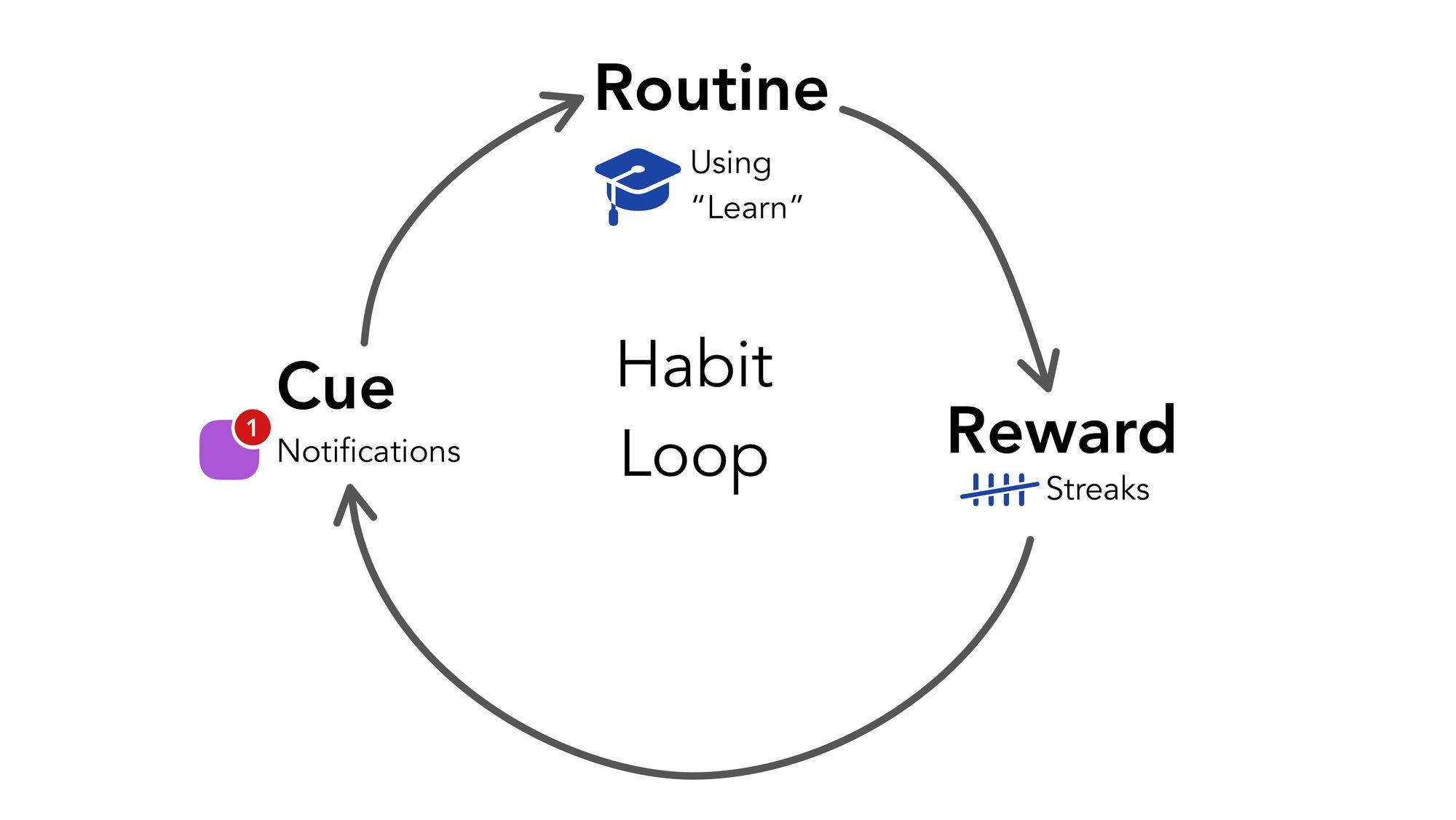
As you can see, Duolingo’s design pattern has an influence on this feature. It’s using the same streaks based methodology. So during the course of designing the feature, I paid a closer look at how Duolingo’s design of streaks works.
What I observed was, that the trigger in Duolingo’s case eventually becomes the fear of losing the streak. If you have an 1800 day streak like me, you’re probably looking to answer the quiz just in time so that you don’t lose it. That fear in turn creates a trigger of answering the quickest, most easily accessible session in that layout.
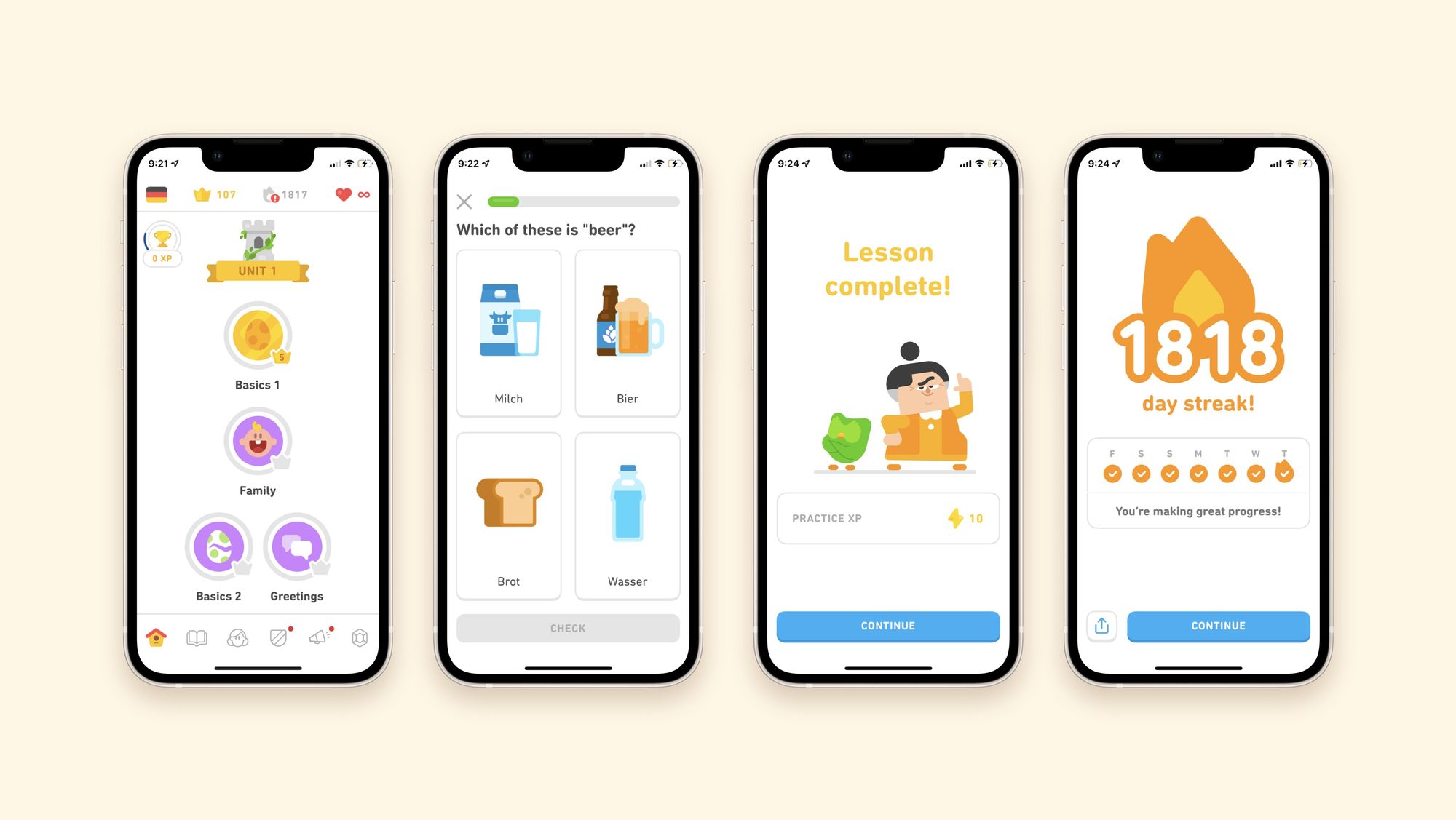
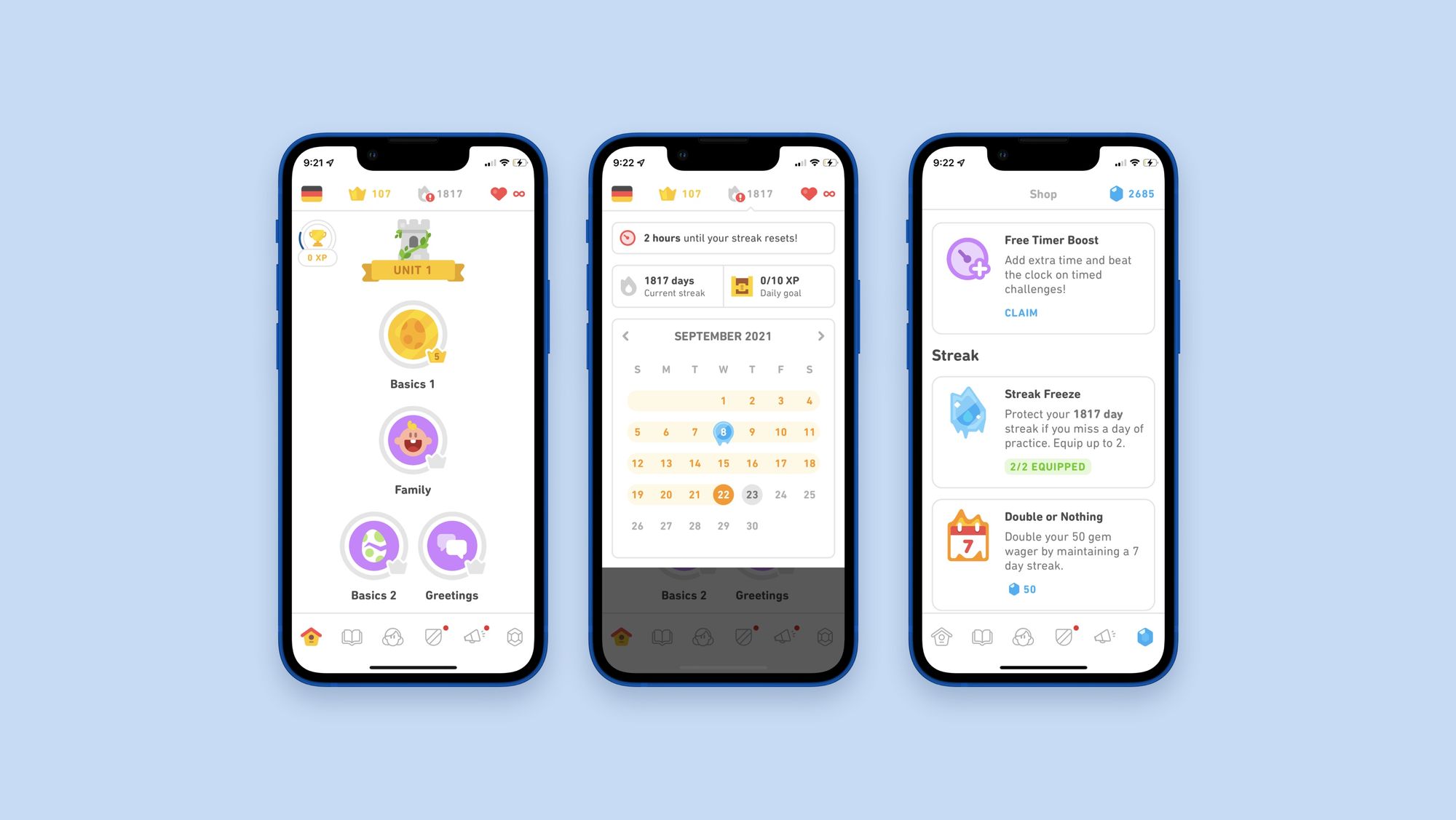
If the user misses a day, Duolingo sells them a streak freeze through it’s “virtual coins”. Don’t have enough coins? Pay Duolingo a small sum to get them. Missed getting a coin? Subscribe to their Pro features to keep retaining the streak. By designing streaks this way, the app creates a perfect monetization opportunity. It knows there will be days when people miss learning and uses that as a way to sell its digital coins.
How LookUp is designed to be different
I wasn’t particularly fond of the way Duolingo’s streak systems work. Design doesn’t just end at getting people to use the app, it’s also how it impacts users long term.
Habits formed out of the fear of something are not positive habits. They are a great way to get you hooked on to using the app every day, but the long term impacts of fear based learning aren’t good.
Design is how it impacts you long term. The goal is to learn, not engagement.
The end goal with LookUp is to learn and build vocabulary, it’s not “engagement”. So LookUp’s streaks are designed differently.
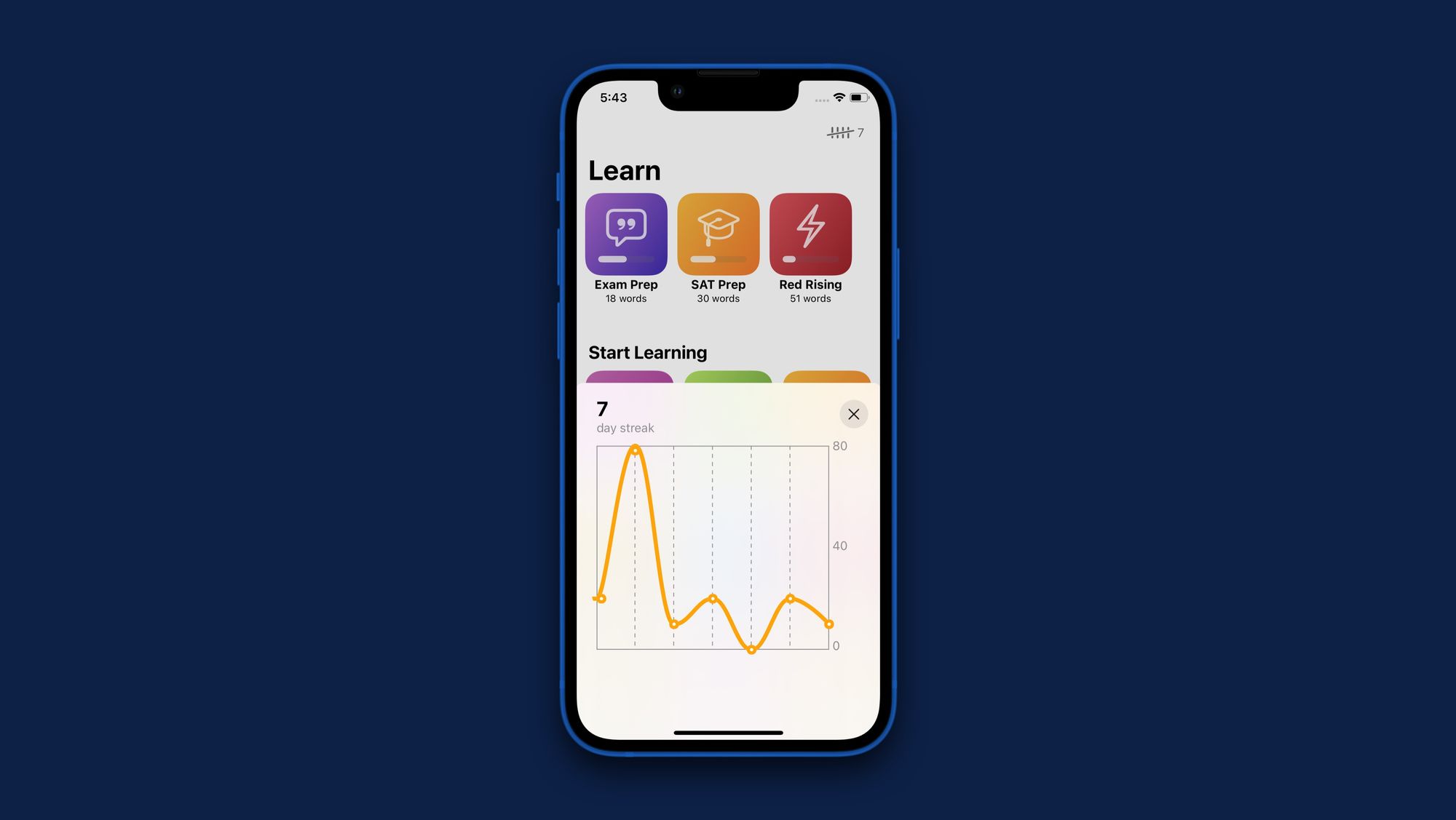
If the user misses the learning sessions for a particular day in LookUp, the app intelligently takes into account their current streak and past trends to automatically “freeze” the streak. This way, the “fear of losing a streak” is no longer is no longer the part of the habit loop.
Another area where LookUp does things differently than some of its counterparts is the size of the learning session. Learning sessions in Lookup have small chunks of 15 or fewer words, as opposed to packing in everything. This makes it easier to learn words, rather than cram them all at once.
Learning in small chunks is important for a stress free learning experience.
Smaller chunks also create a less stressful experience. Large sessions can be mentally draining, especially for people who have just started to learn the language, whereas small sessions are great motivators to learn.
Conclusion
LookUp Learn is one of the most ambitious features I’ve designed on LookUp. It’s built on top of months of research into techniques that have shown strong scientific evidence of improving vocabulary in learner’s of the language.
But more importantly it’s designed with the intent of creating a stress free learning experience, one that’s not trying to get you hooked or addicted to the app and really focusing on learning.
More Reading:
The Psychology of Study: CA Mace: https://psycnet.apa.org/record/1933-02633-000
Ebbinghaus Forgetting Curve:

Habit Loops:

Dr. Jud Brewer: Habit Loops and Every day Addictions:


